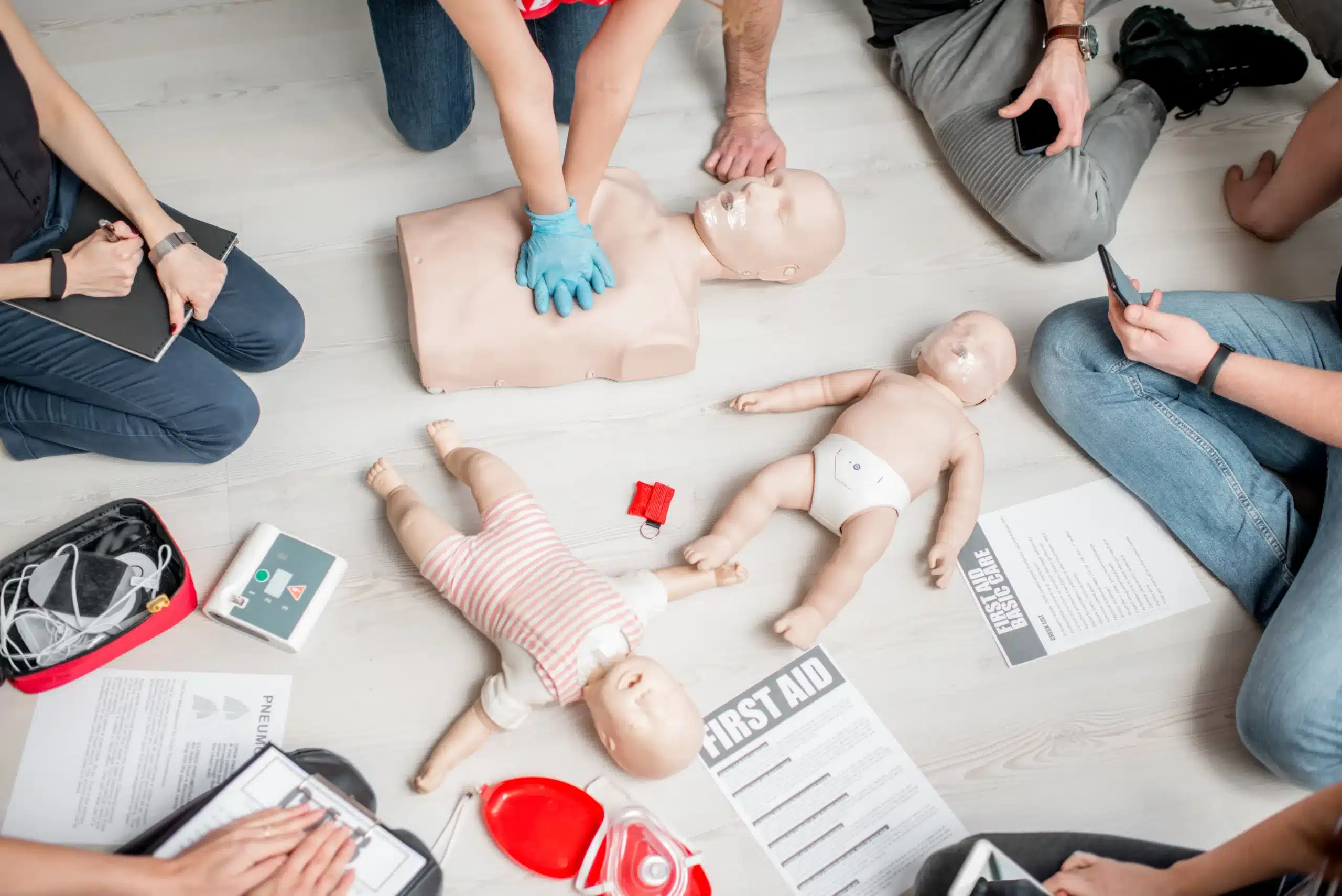Cardiopulmonary Resuscitation (CPR) saves lives. Yet, many myths surround this crucial first-aid procedure. These misconceptions can hinder effective response during emergencies. This post will debunk common CPR myths. Understanding the truth could make you a lifesaver.
What Is CPR and Its Importance
CPR is essential in emergencies. It keeps blood flow active, which is vital for brain function. Immediate CPR can double or even triple chances of survival after cardiac arrest. Despite its significance, misinformation persists.
Myth 1: Only Professionals Can Perform CPR
Contrary to belief, anyone can perform CPR. Good Samaritan laws protect laypersons who act in good faith. Even imperfect CPR is better than none. Learning basic CPR skills is crucial for everyone.
Myth 2: CPR Can Restart the Heart
CPR does not restart the heart. Instead, it maintains circulation until professional help arrives. An Automated External Defibrillator (AED) is needed to restart the heart. CPR buys time and prevents brain damage.
Myth 3: CPR Should Be Performed Exactly Like on TV
TV shows dramatize CPR. In reality, CPR requires more effort and time. It involves hard, fast chest compressions at a rate of 100-120 per minute. Proper technique is more complex than portrayed.
Myth 4: Mouth-to-Mouth Resuscitation Is Always Necessary
Recent guidelines focus on chest compressions. Hands-only CPR is effective for adults. Bystanders should prioritize compressions if unsure about mouth-to-mouth. This approach simplifies CPR for untrained individuals.
Myth 5: You Can Harm Someone by Performing CPR Incorrectly
Fear of causing harm is common. However, failing to act is more detrimental. Ribs may break during CPR, but this is not a reason to avoid it. The potential benefits far outweigh possible injuries.
Myth 6: You Can Learn CPR Solely Through Online Videos
Online resources are helpful, but formal training is better. CPR courses provide hands-on experience. Practicing on mannequins builds confidence. Consider attending a certified CPR class for comprehensive learning.
Myth 7: CPR Is Only for Adults
Children and infants require CPR too. Differences in technique exist. It is important to understand these variations. For infants, use two fingers for compressions. For children, use one hand.
Myth 8: CPR Is Ineffective After a Few Minutes
CPR remains valuable even if delayed. It sustains brain function until defibrillation. Every second counts. Prompt action improves outcomes, regardless of timing.
Myth 9: CPR Isn’t Necessary if the Victim Is Gasping
Gasping is a sign of cardiac arrest. It is called agonal breathing and requires immediate CPR. Do not wait for normal breathing. Begin compressions without delay.
Myth 10: CPR Is Not Required if the Victim Has a Pulse
Confusion about pulse-checking is prevalent. It can be difficult for laypersons. When in doubt, start CPR. It is better to act than hesitate.
Myth 11: People Will Sue if You Perform CPR
Good Samaritan laws protect helpers. They shield individuals from liability when providing emergency aid. Fear of lawsuits should not deter you. Acting quickly can save lives.
Myth 12: CPR Is Not Effective for Drowning Victims
CPR is crucial for drowning victims. It addresses lack of oxygen. Begin with chest compressions. Rescue breaths are necessary to provide oxygen.
Debunking CPR Myths Enhances Preparedness
Understanding CPR myths enhances readiness. Accurate knowledge empowers action. Share information with others. Encourage CPR training within your community.
In conclusion, knowing the truth about CPR saves lives. Debunking myths dispels fear and empowers individuals. Everyone should learn CPR. Take a class, practice regularly, and spread awareness.






